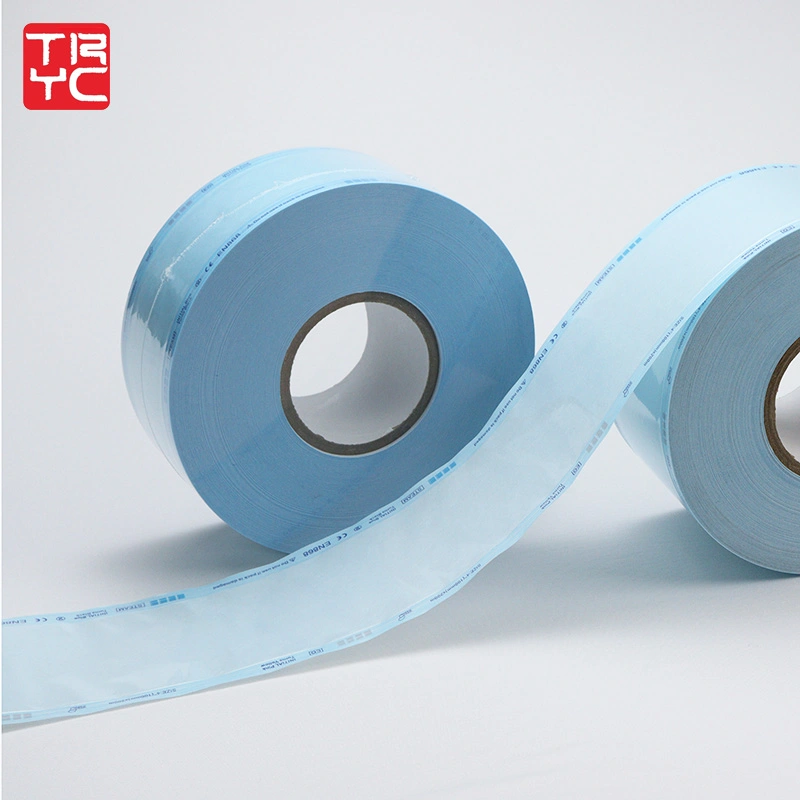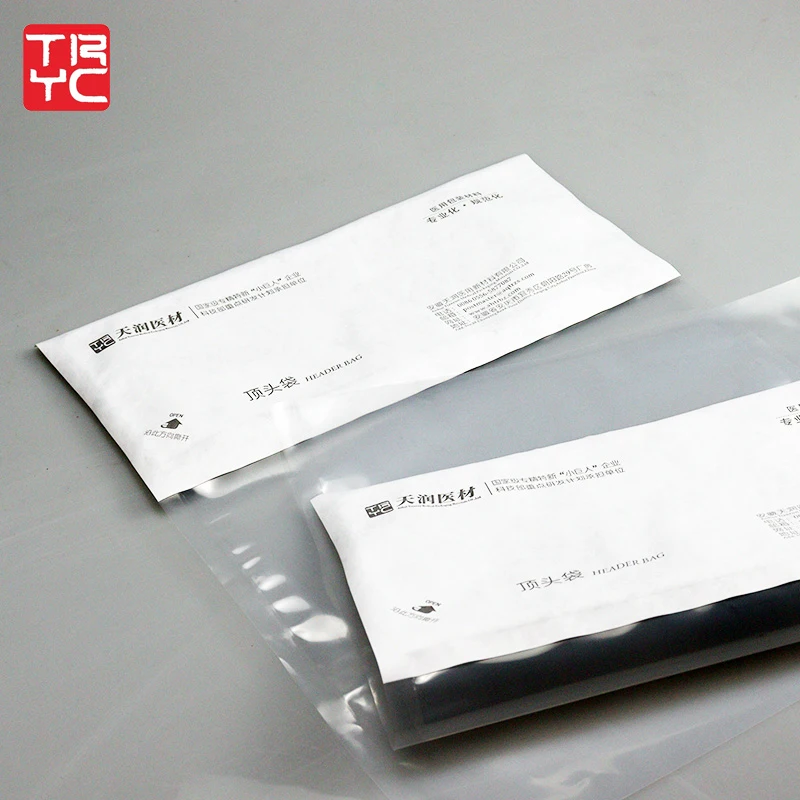Noções básicas de embalagem estéril de dispositivos médicos: o guardião da segurança e da qualidade
Release time: 2025-07-30
In the modern healthcare environment, the sterility of medical devices is paramount. Whether it’s scalpels, needles, catheters, or other critical medical equipment, maintaining sterility is a prerequisite for patient safety and treatment effectiveness. As an important means of ensuring sterility, sterile packaging for medical devices plays a crucial role. Tianrun will introduce the basics of medical device sterile packaging to help you understand this crucial process in the medical industry.
What is sterile packaging for medical devices?
Sterile packaging for medical devices refers to the use of specialized technologies and materials during the medical device manufacturing process to completely enclose the device in packaging, ensuring sterility during transportation, storage, and use. Sterile packaging not only effectively isolates harmful substances such as bacteria and viruses, but also must provide multiple functions such as moisture resistance, contamination resistance, and pressure resistance to ensure optimal performance and quality of the medical device during use.
The Importance of Sterile Packaging
Preventing the Spread of Infection
The primary goal of sterile packaging is to prevent the entry of external microorganisms into the medical device, thereby preventing possible cross-infection. This is especially important for surgical instruments, because once surgical instruments are contaminated, they may cause postoperative infection and cause irreversible damage to the patient’s health.
Ensure the safety and effectiveness of instruments
Aseptic packaging should not only prevent bacterial contamination, but also ensure the functionality and effectiveness of instruments during use. For example, if instruments such as catheters and suture needles are not strictly sterilized, their quality may be greatly reduced, affecting the treatment effect.
Comply with regulations and standards
With the strict supervision of the global medical industry, countries have corresponding regulations and standards for sterilization packaging of medical devices to ensure that the sterilization packaging process meets international medical safety standards. These standards not only cover packaging materials and production processes, but also include post-packaging testing and inspection.
Key technologies for sterilization packaging
Sterilization technology
Sterilization is the core of sterilization packaging of medical devices. Commonly used sterilization methods include steam sterilization, radiation sterilization, ethylene oxide sterilization, etc. These methods use high temperature, high pressure or radiation to completely kill all microorganisms on the surface of the instrument to ensure a sterile state.
Packaging material selection
Sterile packaging materials must have good air permeability and isolation. Common sterile packaging materials include medical-grade plastic film, sterile paper, and aluminum foil. These materials effectively prevent the penetration of bacteria and moisture while maintaining internal cleanliness.
Sealing Technology
Sealing technology is a crucial step in sterile packaging, ensuring that the packaging bag or container is free of external contamination throughout storage and transportation. High-quality sealing materials and technology ensure that the packaging maintains excellent sterility until it is opened.
How to Verify the Validity of Sterile Packaging?
Visual Inspection
Visual inspection of sterile packaging is a fundamental first step. Check the packaging for integrity, damage, or tears, to ensure the seal is intact.
Sterilization Labeling
Each sterile package should bear a clear sterilization label to verify that it has been effectively sterilized. Common labels include the sterilization date, expiration date, and batch number, helping hospitals and physicians confirm the sterility of the device before use.
Sterility Testing
Some medical device manufacturers perform sterility testing after packaging to ensure that each batch of devices meets specified sterility standards. Sterility testing methods typically include microbiological testing and sterility culture.
Summary
Sterile packaging for medical devices is not only a crucial tool for ensuring patient safety but also the foundation of quality control in the medical industry. With the continuous advancement of medical technology, sterile packaging technology for medical devices is also constantly innovating. In the future, more efficient and intelligent packaging solutions will emerge to meet increasingly stringent medical safety requirements. Therefore, as a member of the medical industry, understanding the basics of sterile packaging not only helps ensure the safety of treatment but also provides reliable guarantees for the efficient operation of medical devices.


